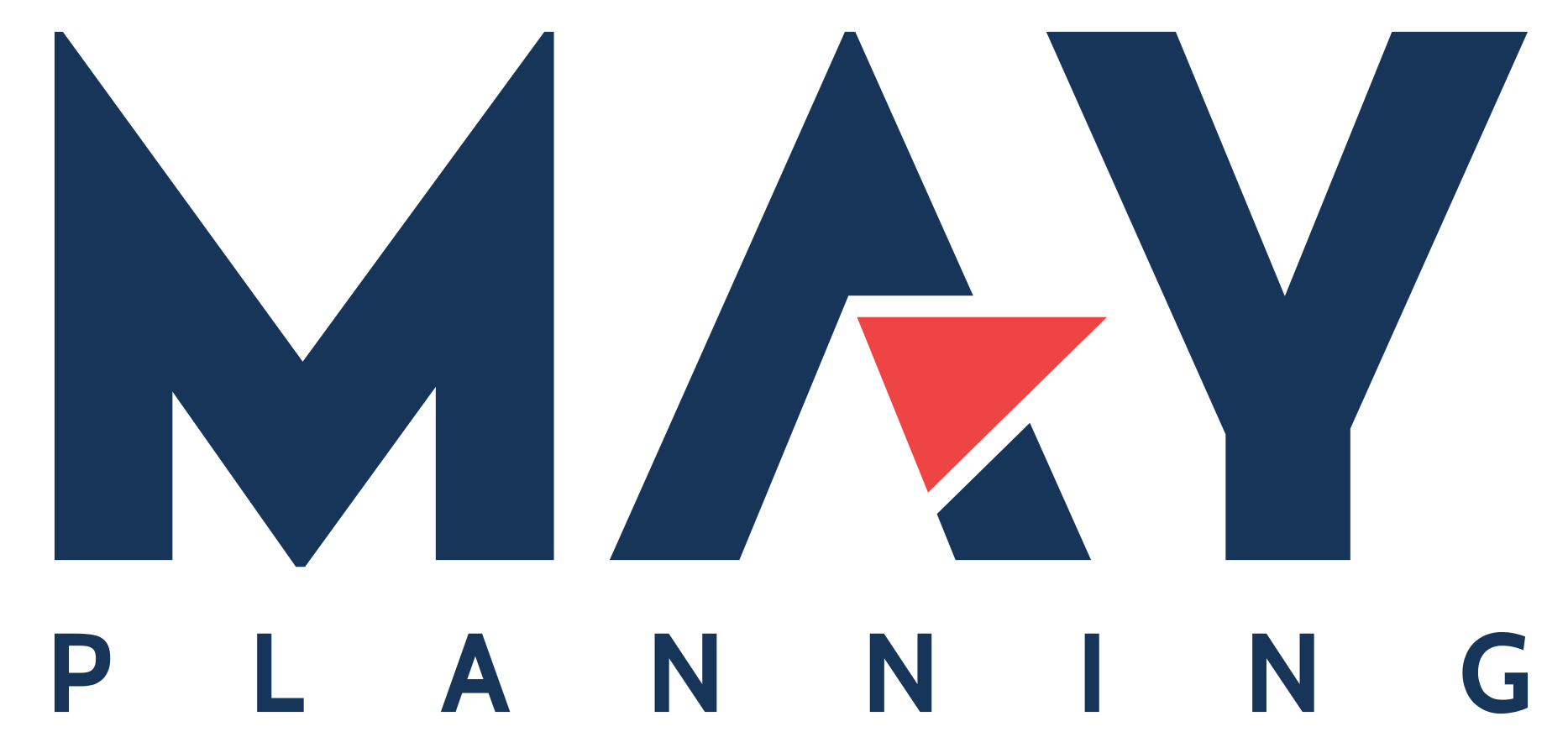The convergence of Advanced Technology and Human: Opportunities presented by the Fifth Industrial Revolution
The Fifth Industrial Revolution, where cutting-edge technology and human creativity are integrated to build the future of new industries, is beginning to blend into people’s lives today. In this article, we would like to introduce how this trend is evolving in various fields such as manufacturing, healthcare, agriculture, retail, and education, what kind of benefits it brings to businesses, and what opportunities exist in Hong Kong and Singapore.
What is the Fifth Industrial Revolution?
The Fifth Industrial Revolution represents a significant evolution from the Fourth Industrial Revolution. While the Fourth Industrial Revolution focused on process automation through technologies such as IoT, AI, and big data, the Fifth Industrial Revolution emphasizes collaboration between humans and these technologies. This new trend aims to make the current industrial environment more efficient and sustainable by connecting advanced technology with human creativity and expertise.
The Fourth Industrial Revolution, which began around 2010, saw the introduction of smart factories that automated processes using technology and data. Through real-time communication between machines, and between machines and humans, it became possible to maximize efficiency and automate repetitive tasks. However, unlike the Fourth Industrial Revolution, which centered around machines, the essence of the Fifth Industrial Revolution is human-centered, with technology serving to support and enhance human roles. Emerging around 2020, the Fifth Industrial Revolution has been moving in a direction where human capabilities are enhanced through technology, and AI and robots evolve into “collaborative partners” who work alongside humans, offering greater freedom in customization and creativity, thus building a symbiotic relationship.
Impacts on Each Industry
The Fifth Industrial Revolution is having a significant impact on various industries:
Manufacturing
By enhancing human-robot collaboration, more flexible and efficient production processes can be achieved. Customization and rapid prototyping become easier, and machines can respond quickly to human input and feedback. This change allows manufacturers to mass-produce more complex and personalized products and respond to the increasing demand for customized items.
Healthcare
The introduction of biotechnology and advanced robotics supports personalized medical services and further improves patient care. Smart medical devices assist healthcare professionals, enabling more accurate diagnosis and treatment. For example, AI-powered diagnostic tools and robotic surgery systems have become essential in modern medicine, enhancing the precision and effectiveness of treatments.
Agriculture
With AI and robotics, precision agriculture becomes possible, including improvements in crop yields and reductions in waste. By using advanced sensors and AI computations, farmers can continuously monitor soil conditions, predict weather patterns, and manage resources more efficiently, promoting sustainable farming practices.
Sustainability-related Industries
Focusing on eco-friendly technologies and reducing waste, the Fifth Industrial Revolution promotes a circular economy and contributes to environmental sustainability. Businesses involved in developing technologies such as green manufacturing processes and energy-efficient production systems, and promoting the use of renewable resources, are gaining advantages in this trend by minimizing environmental impact.
Retail and E-Commerce
By utilizing AI and robotics, personalized shopping experiences are enhanced, and inventory management and customer service are further improved. AI-based recommendation systems, virtual fitting rooms, and automated warehouses are being widely adopted, contributing to higher customer satisfaction and operational efficiency. Retailers are now able to respond more flexibly to consumer needs, and provide services that are more tailored and seamless.
Education
In the field of education, the use of AI and personalized learning platforms enables more effective and customized learning experiences. For example, learning support systems that use AI to adapt to each student’s understanding and progress can be introduced, allowing for real-time feedback and individual optimization. Furthermore, robots and virtual reality (VR) can be incorporated into classrooms to make learning more interactive and engaging.
Development Directions of Countries Around the World
Currently, countries around the world are adopting the Fifth Industrial Revolution, each leveraging its own strengths:
Japan
Japan, which pioneered the concept of the Fifth Industrial Revolution, is promoting economic growth by connecting cyberspace and physical space, solving social issues, and fostering human-centered innovation. Through the Fifth Industrial Revolution, a super-smart society is expected, where digital technologies enhance various aspects of daily life—from healthcare and transportation to manufacturing and environmental management.
Europe
The European Commission is actively advancing the Fifth Industrial Revolution, particularly in Germany’s advanced manufacturing sector, through policies that promote sustainability and collaboration between humans and machines. Initiatives such as the European Green Deal, which aims to achieve carbon neutrality in Europe by 2050, and Horizon Europe, a research and innovation program, are designed to support R&D in key areas such as AI, robotics, and sustainable technologies.
United States
The United States is focusing on innovation in sustainable manufacturing and biotechnology, aiming to lead in areas such as clean energy and advanced medical treatments. By emphasizing innovation and entrepreneurship, the U.S. is promoting the development and adoption of technologies in the Fifth Industrial Revolution across various sectors.
China
Through initiatives such as “Made in China 2025,” which aims to join the ranks of global manufacturing powerhouses, China is making significant investments in smart manufacturing and green technologies, with the goal of becoming a global leader in these fields. China’s roadmap for the development of its manufacturing industry through 2049 is divided into three stages and places strong emphasis on addressing key issues such as “innovation-driven development,” “quality-first,” “environmentally friendly growth,” “structural optimization,” and “talent-oriented development,” thereby contributing to the promotion of the Fifth Industrial Revolution.
South Korea
South Korea is focusing on linking AI to industrial foundations with the aim of improving productivity and global competitiveness. By leveraging its advanced IT infrastructure, the country is promoting smart manufacturing and robotics.
India
India is increasingly focusing on digital transformation through initiatives such as “Digital India” and investments in smart technologies. By adopting the principles of the Fifth Industrial Revolution, India is enhancing its manufacturing capabilities and promoting national economic growth.
Opportunities in Hong Kong and Singapore
Thanks to their strategic locations, advanced infrastructure, and strong business environments, Hong Kong and Singapore are in excellent positions to harness the progress of the Fifth Industrial Revolution.
Hong Kong
As a financial hub with strong connections to global markets, Hong Kong can use AI-powered solutions driven by the Fifth Industrial Revolution to customize financial services, strengthen risk management, and enhance customer experience. By utilizing big data and AI, financial institutions can gain deeper insights into market trends and customer behavior, enabling them to offer more appropriate financial products and further strengthening Hong Kong’s financial industry as a whole. Meanwhile, smart logistics solutions that include AI and IoT can optimize supply chain operations, improve operational efficiency and transparency, and reduce costs. Hong Kong’s strategic geographic location as a trade hub makes it an ideal place to adopt these cutting-edge technologies to enhance logistics infrastructure.
Singapore
Known for its innovation and smart city initiatives, Singapore can ride the wave of the Fifth Industrial Revolution and further develop its innovation ecosystem.
The medical and manufacturing sectors are expected to benefit greatly from enhanced automation and the integration of biotechnology, further strengthening both efficiency and service delivery. In the medical field, advanced robotics and AI can improve diagnostic accuracy, enhance treatment outcomes for patients, and reduce operational costs. Singapore’s focus on health tech innovation has established its position as a leader in adopting technologies promoted by the Fifth Industrial Revolution within the healthcare sector.
In addition, Singapore’s emphasis on smart manufacturing enables it to enhance productivity and create high-value-added products through the use of advanced technologies. Government initiatives supporting smart manufacturing and innovation provide a solid foundation for growth in this field.
Opportunities for Companies
To leverage the technologies promoted by the Fifth Industrial Revolution in business, the following initiatives are recommended for companies:
Investment in Technology
Introduce collaborative robots and AI to enhance employee capabilities and streamline operations. Investment in cutting-edge technologies not only improves productivity but also opens new paths for innovation and growth in business.
Focus on Sustainability
Introduce environmentally friendly practices and technologies to align with global sustainability trends and regulatory requirements. Companies that prioritize sustainability can enhance their brand reputation, reduce costs, and increase competitiveness in the market.
Promotion of Innovation
Invest in research and development and encourage creative problem-solving among employees to foster a culture of continuous innovation. Encouraging innovation helps companies stay ahead of industry trends and respond to market changes.
Talent Development
Not only should companies hire talent with the skills to work with advanced technologies, but they should also provide continuous training to current employees to improve overall productivity and job satisfaction.
Enhancement of Customer Experience
Utilize AI and data analytics to understand customer behavior and preferences, and provide personalized customer experiences. Companies that focus on customer support can differentiate themselves in competitive markets.
By adopting these strategies, companies can not only maintain their competitiveness but also drive new growth and innovation within their industries.
Summary
The Fifth Industrial Revolution represents a shift toward a more human-centered approach to industrial development. By combining advanced technologies with human creativity and expertise, improvements in efficiency, sustainability, and customization can be expected. Countries and companies that ride this trend can gain significant benefits and stand at the forefront of global innovation and economic growth.
Feel free to contact us
MAY Planning provides advice on investments across various countries and sectors. We also offer support on M&A planning and execution.
Reference:
1)細原敏之「第5次産業革命(インダストリー5.0)とは?日本の製造業・Society 5.0との関係を考察」, NIKKEN TOTAL SOURCING, https://www.nikken-totalsourcing.jp/business/tsunagu/column/1881/#:~:text=%E7%AC%AC5%E6%AC%A1%E7%94%A3%E6%A5
2)「Industry 5.0」, European Union, https://research-and-innovation.ec.europa.eu/research-area/industrial-research-and-innovation/industry-50_en
3)Anna Mleczko「The future of Industry 5.0」, Future Processing, https://www.future-processing.com/blog/the-futures-of-industry-5-0/
4)「中国製造2025」, KEYENCE, https://www.keyence.co.jp/ss/general/iot-glossary/made-in-china2025.jsp
5)「Unlocking the Potential of Industry 5.0」, Manufacturing IT Summit, https://manufacturingitsummit.com/blogs/unlocking-the-potential-of-industry-5-0/


